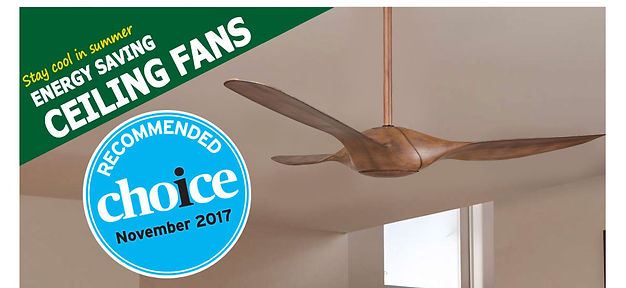Controlling a Ceiling Fan, the Differences between Wall Control, Remote Control and Pull Cord
- Home
- The Fan Shop Blog
- Controlling a Ceiling Fan, the Differences between Wall Control, Remote Control and Pull Cord

There are three types of controllers for fans. The wall switch is the most common and simplest. A remote control is sometimes available as an add-on and is often used when a wall control cannot be installed. Some fans, such as the traditional and classical design ceiling fans come with a pull cord which hang down. While most ceiling fans are remote control adaptable, meaning a remote can be added if desired, there are some of fans that come with a remote and cannot have a switch installed (i.e. remote only).
Majority of fans include a wall switch (3 speed dial) that can be fitted into any standard switch plate. In a lot of cases, the whole plate is not included, but rather only the 3 speed mechanism is supplied. This is to give you the freedom of choice to have any type of switch plate you want. This is especially handy when combining the ceiling fan with exiting light switches (for the fan or other lights) as well as dimmers. That way only a single wall switch plate is required which keeps the wall looking cleaner and less cluttered. It is always best to consult and discuss these options with a qualified electrician when deciding which option is best suitable.
When a remote control is added to a ceiling fan that has a light, the operation of the light is then also done through the remote. This means that switching the light on and off (and dimming if available) is all done via the remote control and not by a switch on the wall. This is often another important consideration that needs to be made when deciding on the most suitable control type.
Here is a summary of the three different types of controllers:

Installation of a ceiling fan with a wall control is often more expensive than installing a remote control ceiling fan. This is due to the requirement of adding the extra wires needed for the fan controller. While a remote control ceiling fan is cheaper to install, there is the added cost of the remote itself, which is often an added accessory. These costs in many cases nearly balance out, meaning that overall the costs of installations are similar. It’s important to note this is only general advice, always consult a qualified electrician who can give you accurate information.
For the case of raked ceilings, often a remote control cannot be used without a special mounting bracket. This is needed even if the standard bracket that comes with the fan (usually up to about 28°) would normally be enough. This is because the remote receiver is often fitted inside the ceiling fans mounting bracket. When a fan is installed on a raked ceiling, there is less room for the remote receiver to fit inside this bracket.
Sale Products
Hunter Pacific Replacement Remote Kit IMCP2 Revolution & Attitude Fan Series, A1506 Black 2021 Edition
Special Price
$109.00
Regular Price
$130.00
Categories
Recent Posts



